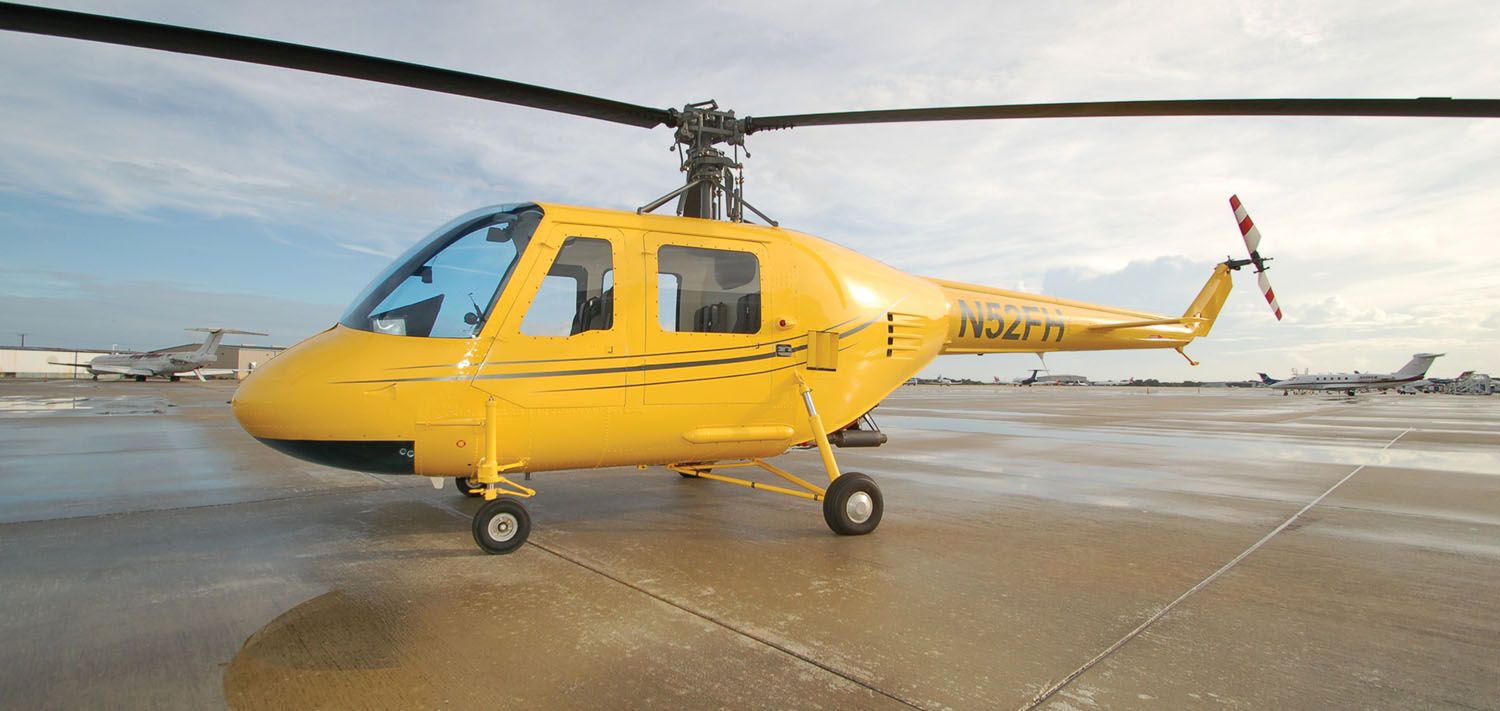
My aviation dream has not been much different than for thousands of other aviation lovers. Kid loves airplanes. Kid builds model airplanes. Kid flies line-control airplanes. Kid flies RC airplanes. Kid dreams of flying real airplanes. Kid eventually does fly real airplanes. Kid builds and flies his/her own airplane. Kid realizes that’s where the fun really begins!
I still remember the day my wife, Carol, prodded me into building by “chiding” me to stop talking about it and do it. It’s been a wonderful journey through the years in amateur-built aviation, including building 11 aircraft. As many of you know, I have spent quite a bit of time helping others with their journey, from introductions through the EAA Young Eagles programs, licensing aircraft as a DAR and writing on maintenance to keep them safely flying. I’ve taken so many people flying in aircraft I built that I have truly lost count, but many of them have ended up building their own airplanes and some of them have become friends for life. Our best friends in life have happened through the Experimental facet of aviation, leaving no doubt in my mind that shared passion brings people together.
Over the last few years, as my business, Base Leg Aviation, has grown, I’ve remarked many times that I am beginning to understand the “cobbler’s children” analogy. I’ve been so busy working on others’ aircraft and solving problems that I haven’t had much time for the creative and fun part that brought me here.
Earlier in 2021, I mentioned to Carol that I was thinking about building another aircraft, as I thought an even dozen would be a good life’s goal. I had thought about helicopters for a while, as I really didn’t see any kit airplane that could get me excited. With a Stearman and an RV-10 in the hangar, I had two sides of the fun factor covered—travel and formation flying. Plus, the Stearman is a fun airplane to share and get people interested in aviation.
Wait, a What?
When I mentioned the helicopter, she suggested that I should probably learn to fly one first, as the one and only time I flew one I didn’t come home very excited about it. Her point was valid. It also gave me an excuse to get some additional training, along with a check ride. As I get older, I am very aware of the need to have someone look over your shoulder every once in a while and offer constructive criticism. I’m very much in favor of that. As an aside, I am not happy with the insurance companies telling us we are higher risk and not insurable due to our age. It seems to me that we got here safely and now have lots of experience that should help us stay safe. I remember a time when we were told we were too young and inexperienced! But I digress.
I did move ahead with helicopter training and achieved my commercial rotorwing rating in June of 2021. I did the first 10 hours in a Robinson R44 and then purchased a Hughes 269C, in which I soloed and took the check ride. The first couple of hours were work, trying to break some habits of a 10,000-plus-hour fixed-wing pilot. But then it got fun. One hundred and forty hours later, I find it addictive. Even better: Carol likes it, too.
The Hughes only gets flown back and forth to work, which is about 30 minutes each way, and to dinner at Peach State Airport a couple of times a week. It’s not very fast, cruising at only 65–70 knots, but the view is wonderful! It’s amazing how much more you see at 500 feet through a big glass bubble. My 7-year-old grandson loves to count swimming pools. Seeing the fall leaf colors was more stunning in the helicopter than in an airplane.
The H-269 was designed to be a mission-specific aircraft, primarily for training. It was successfully used to train over 65,000 Vietnam-era military pilots. However, there are few creature comforts and no space for storage. If Carol rides with me to work, she carries the lunches and other stuff on her lap. Even when I’m solo, the ability to carry anything in the cockpit is severely limited. But the worst part for me is that it’s a certified ship, which means I can’t improve upon it or make any changes like I can with Experimental aircraft. For me, that takes some of the fun out of it.

How About a Kit Helo?
So, I started spending a lot of time seriously looking at all the kit helicopters out there. I am experienced enough to know that flying helicopters is inherently riskier than flying airplanes. I’m sure there are many helicopter pilots who will disagree with that statement. There are certainly a whole lot more moving parts on a helicopter than there are on an airplane, which does equate to a higher chance of a mechanical failure. I kept this in mind when studying the currently available kit helicopters.
One of the things I do when looking at a particular model of an aircraft is to review the NTSB accident reports. It can provide some real insights. As an example, when I was considering the Hughes 269, the data showed that a very high percentage of the accidents were happening during practice autorotations. That’s an easy one to control: Learn how to do them correctly with a competent instructor and don’t push the envelope. In the case of amateur-built helicopters, usually the data is only there for fatal accidents, so no doubt it is a little tainted. Meaning there could be a whole lot more incidents from which we could learn something, but many of the incidents in the Experimental/Amateur-Built world are not investigated, and no ADs are issued. So, relying on NTSB data and some of the manufacturers’ data, I focused on fatal accidents to help me decide.
I also wanted to focus on solving the shortfalls of the 269 in my quest for a new helicopter. Even though we have a four-place RV-10 that I mostly fly by myself or with one other person, I find the storage space and creature comforts appealing. And adding a little more cruise speed over the Hughes would be nice, too, as I could see us wanting to go to some fly-ins once it is completed. We have noticed that in the spring and fall in Georgia, we need the doors installed in the morning and removed in the afternoon. Hmmm. Being able to take the doors off and throw them in the back seat sure would be nice! There’s no place to store them in the 269, so we dress warmly in the morning and then we must figure out who carries the clothes in the afternoon!
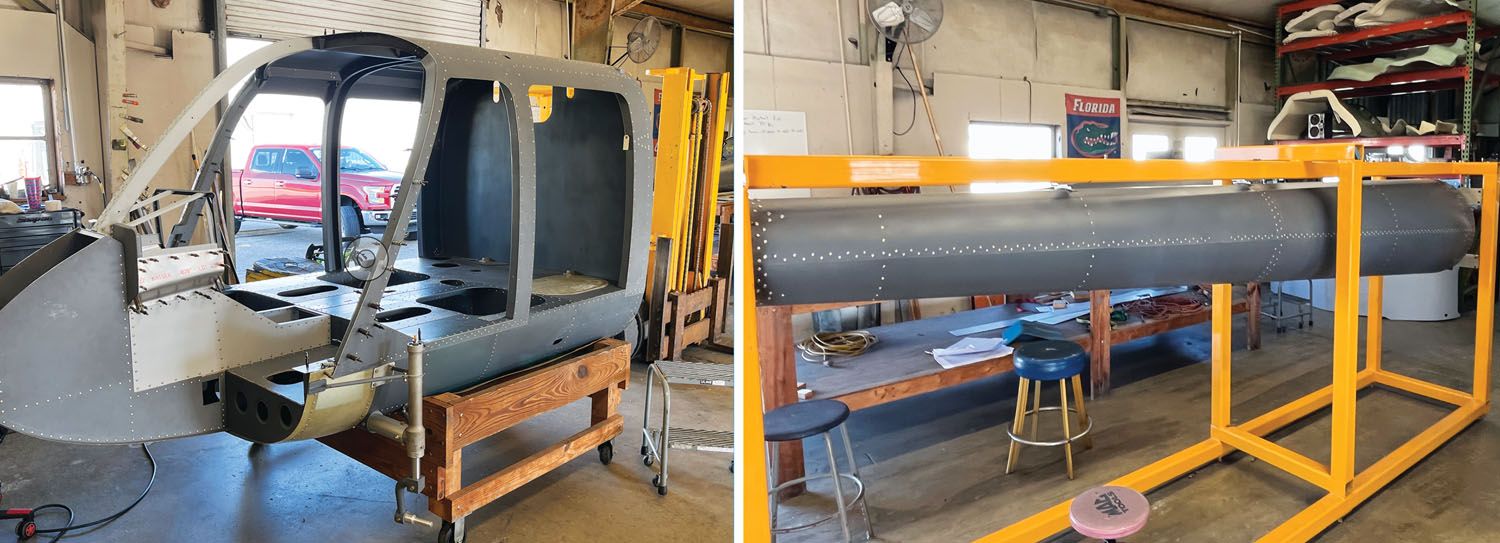
Safety First
So far, with the data I have, I could only find one kit helicopter that had zero fatal accidents—the four-place Hummingbird helicopter marketed by Vertical Aviation Technologies. A little research showed that this helicopter was designed and certified by Sikorsky Aircraft as an S-52 but was never brought to market. However, it is available as a kit. Wow! That sounded interesting to me. So, I started some inquiries with Brad Clark, Vertical Aviation’s owner, and between emails and phone calls, I was very impressed with what I was hearing. He also affirmed that there has never been a fatal accident in one of their helicopters, with approximately 350 flying.
Having learned from my Prescott Pusher experience, I needed to see things firsthand prior to making a commitment, although the building excitement was getting hard to hide. Plus, I wanted to fly the ship first. Yes, I am a low-time helicopter pilot, but I fly for fun. Having fun flight characteristics is important to me. The 269 is fun to fly, being very responsive and yet still stable. I had heard comments from some of the kitbuilt helicopter owners that flying some of them can be work. I don’t want that. We set up some potential dates to make the visit.
Sanford, Florida, where Vertical Aviation is located, is only a 2-hour flight from home in the RV-10, so flying would make it an easy day trip. Unfortunately, the weather in the Southeast is not always cooperative. Low ceilings and visibility can be the norm for several days in a row. We finally made the decision to drive, which meant 6 hours each way with an overnight stay. Oh, well.
I found it a little ironic that on December 18, 2021, the 118th anniversary of the Wright brothers’ first flight, Carol and I were at the headquarters of Vertical Aviation meeting with Brad Clark. Brad did not disappoint. In fact, the entire visit exceeded my expectations. There was no flashy sales pitch or brochures. In fact, we went home with nothing (more about that later). Brad spent a little over 2 hours giving us a tour of the facility, which was very much a look behind the curtains. The place was impeccable! I haven’t seen a cleaner or better-organized facility in a long time. Brad is also in the process of bringing the Hummingbird to market as a certified four-place helicopter, having bought the type certificate from Sikorsky, so there were also controlled areas that required badges or escorts.
My initial reaction was that the helicopter is built like a tank. You want some idea? Almost all of the rivets are 5/32-inch! I have probably used less than a half-dozen rivets of that size in all the airplanes I have built. The Hummingbird is designed for a 2800-pound maximum gross weight, with a useful load of 1010 pounds, not unlike my RV-10. During the initial certification by Sikorsky, it was tested to 3000 pounds with a much smaller engine. It is now powered by a 320-hp Titan IO-540 that’s been derated to 280 hp. I’m planning on a Lycoming Thunderbolt 540.
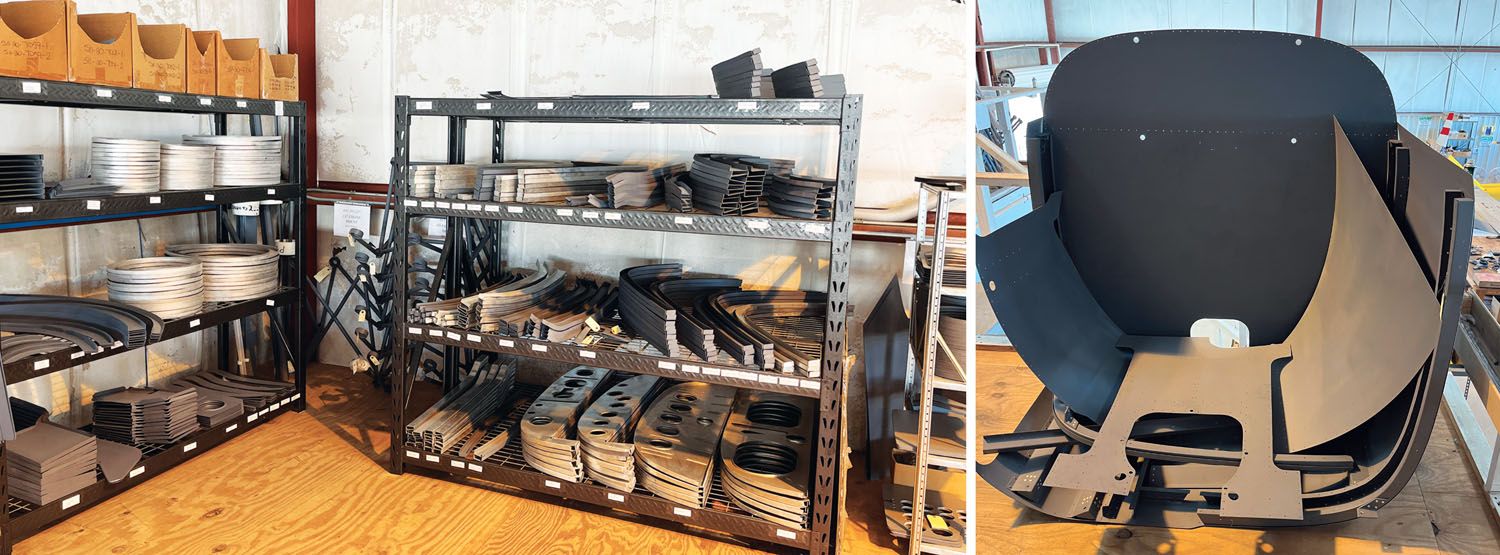
Tour of the House
All the different manufacturing areas were separated. Each was very clean and organized. We learned a lot about the various improvements Brad has made to the helicopter over the last 30 years. I also met and flew with Alex Anduze, his test pilot. Alex is a very experienced military pilot, former Sikorsky test pilot and now owns a few of his own Blackhawk helicopters doing firefighting. Flying with Alex was wonderful. Having only flown helos with skids, taxiing around on wheels was very interesting, in a good way. It will certainly make operating on busy airport ramps less disruptive and challenging.
I found the flight very enjoyable. It was certainly much smoother and more stable than the 269, and the extra power was fantastic. Even though the 269 is a three-place helicopter, hovering during the summer with two people and full fuel pretty much requires max power. A cruise power setting of 22 inches of manifold pressure yields about 65–70 knots true airspeed. In the Hummingbird, we were about 5–6 inches below maximum manifold pressure at hover, and cruising at 19 inches yielded 85–90 knots TAS. Of course, fuel flow was higher, but the margin was nice. Climb rate was almost 1000 fpm.
At the end of the visit, we decided to build the Hummingbird. Not being one for patience, I asked if I could take the first kit home with me so I could get started, especially since I had my pickup truck with me. As much as it disappointed me, Brad said no, which I really respected. They have a process to pack and inventory each kit, and the person responsible for that was not there that day. So now I am back home feeling like a kid again, waiting on Christmas.

Looking Ahead
I am looking forward to this journey. I know it will be work, but I will get to experience some more of the fun and creative side that initially brought me to the Experimental facet of aviation. I enjoy the instrumentation part. No doubt, I will have an Advanced Flight Systems panel, which I have enjoyed so much in my RV-10 and other aircraft. I am also going to share this journey with you on these pages in a more formalized build series. I plan to share all the ups and downs, including why certain decisions are made. With this column, you know how I got here, and what research I did to help you make decisions on choosing the right aircraft for you. My goal is to keep the fun factor alive for me, too!
This begins what will be a regular build series on the Hummingbird that we’ll showcase in our regular feature-style build series, letting Vic get back to other topics in this space.


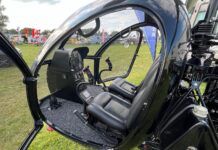
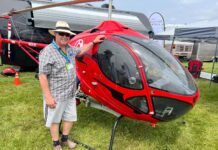
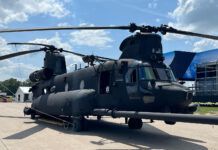
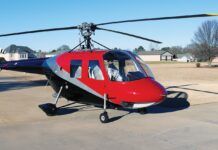
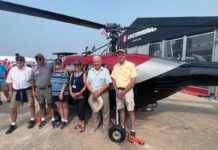
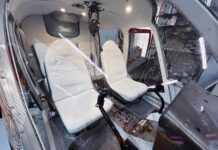
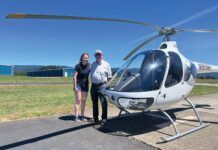

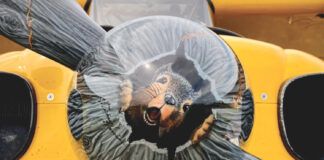
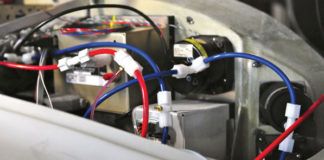
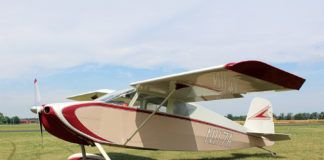
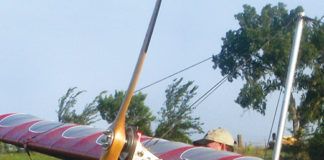
Thanks for this article. I heard of the Hummingbird decades ago, but I did not realize the factory is so close to my home at Spruce Creek Fly-in. I must drive over to see what they are doing. I’ve always had an interest in helicopters because my first-ever flight was in a helicopter at the OK state fair in 1959. You’ve piqued my interest. I may also consider starting a new project.
Vic, great article. About 10 years ago I had a near start at getting a rotor wing commercial add on. Training is pricey but I’ve always wanted to regularly fly a helicopter. I am actually surprised the purchase price of a H-269 seems reasonably possible compared to previous aircraft budgets. I have to imaging the maintenance, care and feeding to be completely different though. As a 20k hour fixed wing pilot, I can only imagine what a “do over” going into rotor flying would be like. Awesome opportunity to see things again from a whole new perspective. Thanks again, looking forward to reading about your adventure!